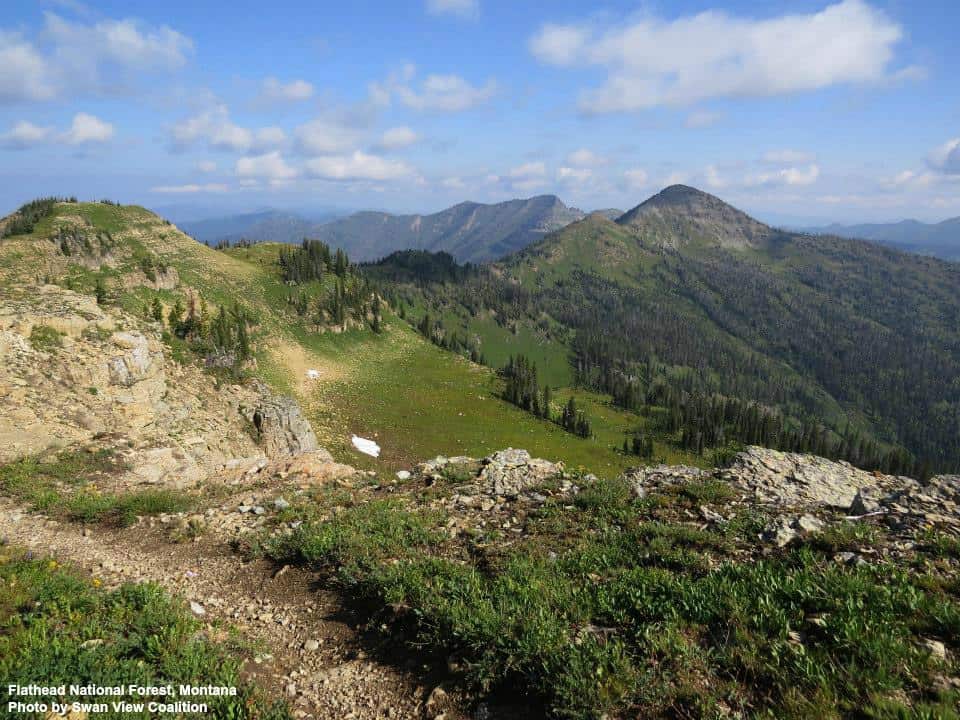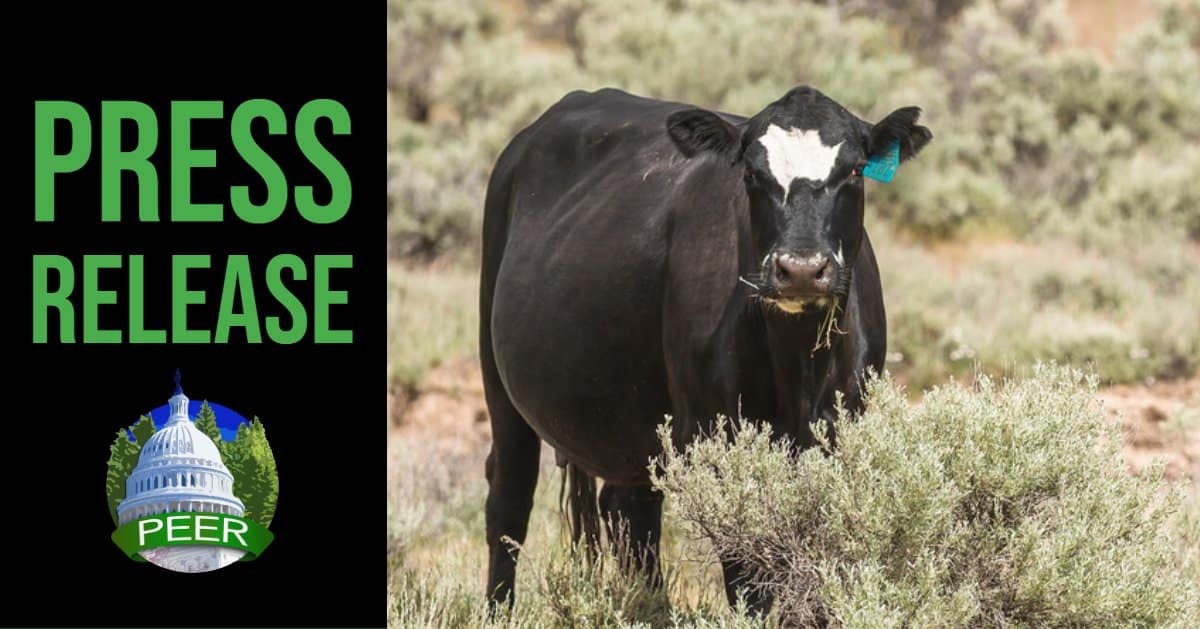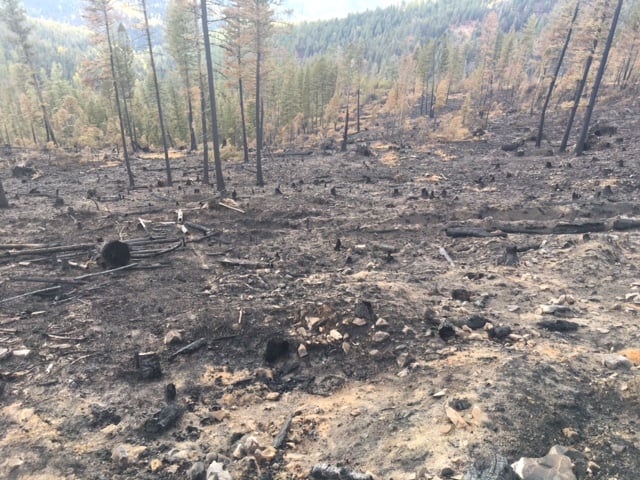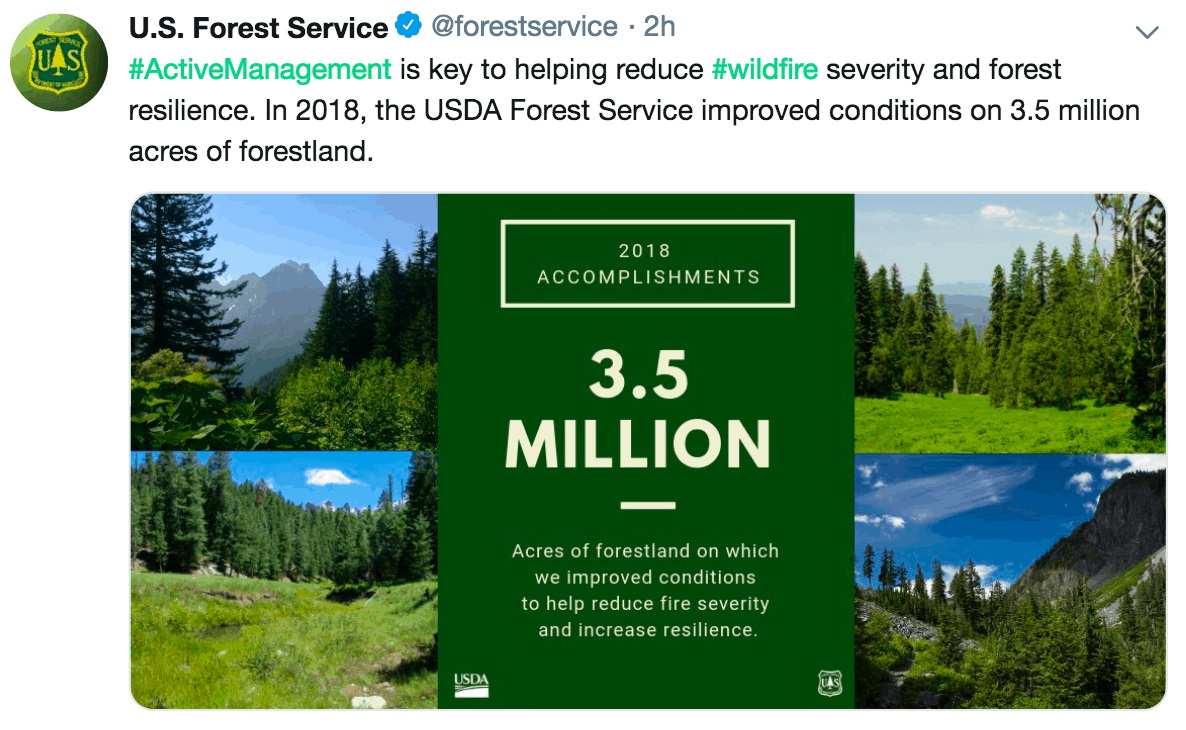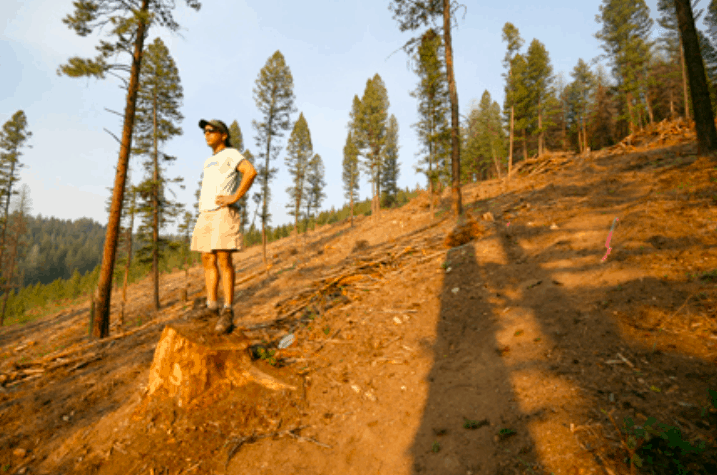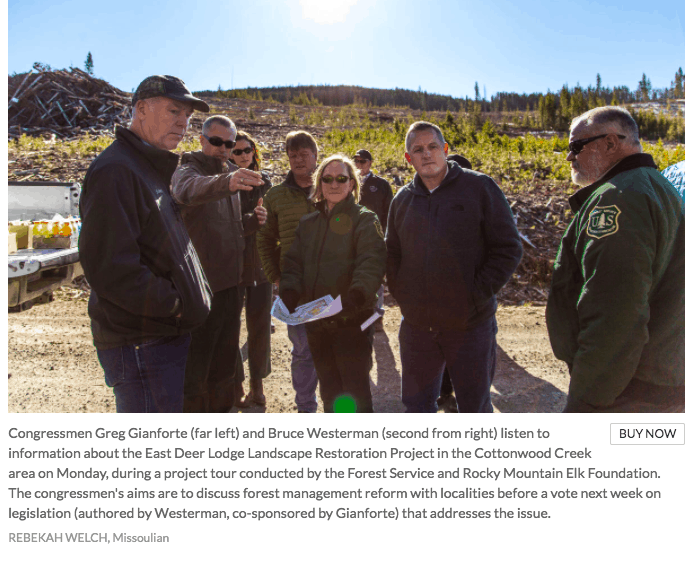Here’s today’s press release from WildEarth Guardians, Western Watersheds Project and the Western Environmental Law Center.
MISSOULA, Mont. — Two conservation groups, WildEarth Guardians and Western Watersheds Project, have filed a federal lawsuit challenging the U.S. Forest Service’s revised Forest Plan for Montana’s Flathead National Forest. The groups also put the U.S. Fish and Wildlife Service on notice of their intent to challenge the agency’s finding that the Flathead’s revised plan is not likely to jeopardize the continued existence of grizzly bears, Canada lynx, and bull trout—all listed species under the Endangered Species Act—and adversely affect designated critical habitat of Canada lynx and bull trout.
“The Flathead is one of the last places in the Lower 48 where one can see grizzly bears, wolverines, lynx, and wolves intermingling on the same landscape,” said Kelly Nokes, wildlife attorney for the Western Environmental Law Center, which is representing the two conservation groups in the lawsuit. “We must hold the Forest Service accountable to ensure that the increasingly rare habitat security afforded by the Flathead’s intact ecosystems is not swallowed whole by a management plan unwilling to truly conserve.”
The Flathead’s revised Forest Plan is woefully inadequate and will have lasting negative impacts on key wildlife—including, grizzly bears, gray wolves, Canada lynx, wolverine and bull trout—and the critical habitats upon which they depend. The Flathead National Forest, which borders Glacier National Park, contains some of the most intact wildlands and free flowing rivers on the entire continent, and is a refuge for a variety of imperiled species.
“The revised Forest Plan will guide all future forest activities—including logging, road building, and grazing—for at least the next 15 years and likely much longer. It is crucial the Forest Service gets this plan right,” said Marla Fox, Staff Attorney for WildEarth Guardians. “The best available science supports the notion that the Forest Service can do more to protect imperiled wildlife. The continued struggle of grizzly bear and bull trout to survive on the Flathead signal the agency should do more.”
“The Crown of the Continent is one of North America’s most valuable, intact ecosystems and is a centerpiece for grizzly bear conservation in the Northern Rockies,” said Josh Osher, Montana Director for Western Watersheds Project. “The Flathead National Forest is the western anchor of this ecosystem, and a key linkage for grizzly connectivity to other suitable habitats. But instead of prioritizing wildlife habitats, the Flathead Forest Plan prioritizes the activities that destroy and fragment habitats and disturb sensitive wildlife.”
Notably, the Flathead’s plan is one of the first Forest Plan revisions finalized under new forest planning rules issued in 2012 by the U.S. Forest Service. Thus, it will serve as a model for all future planning processes on other National Forests.
###
